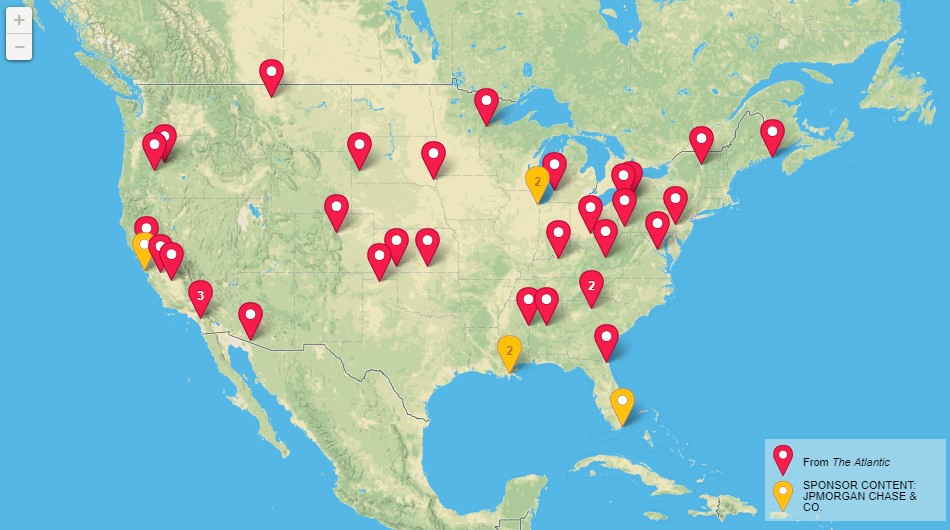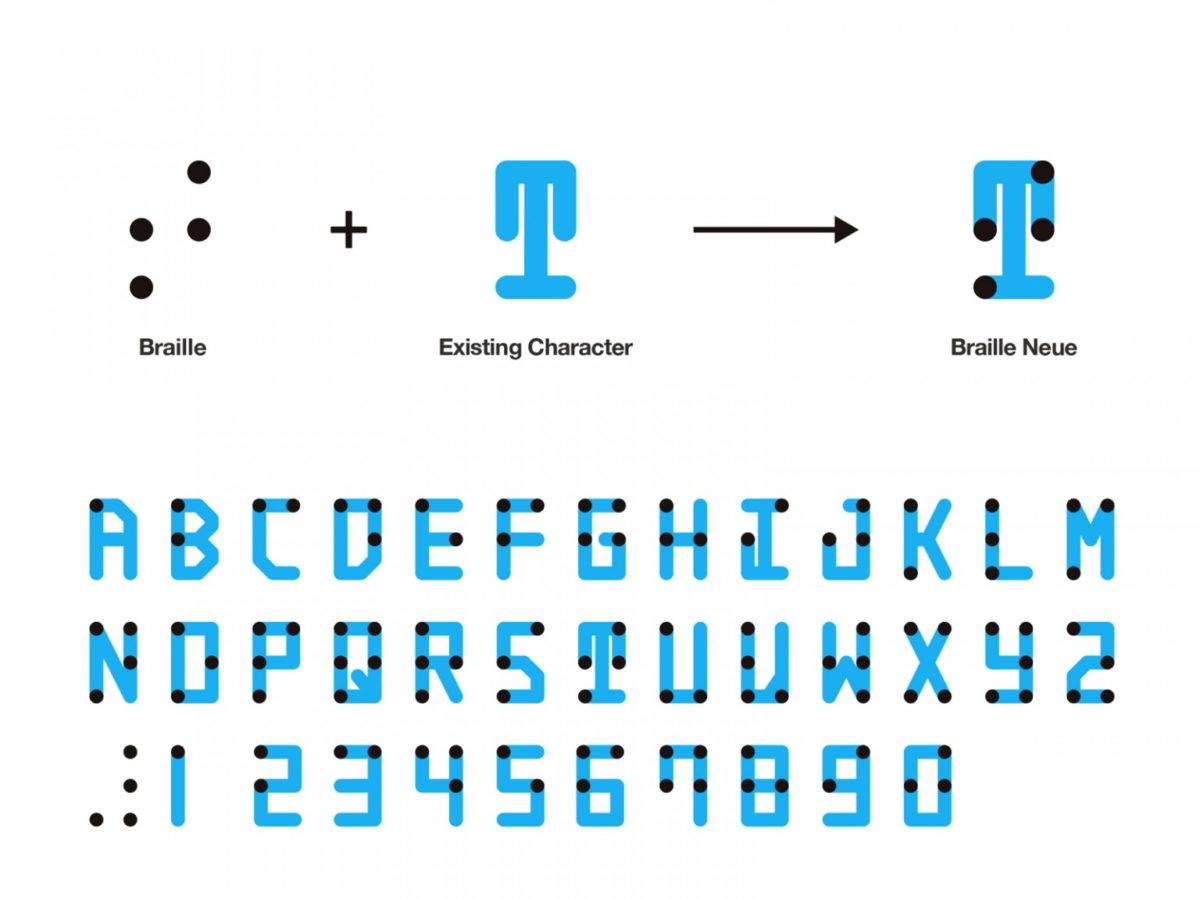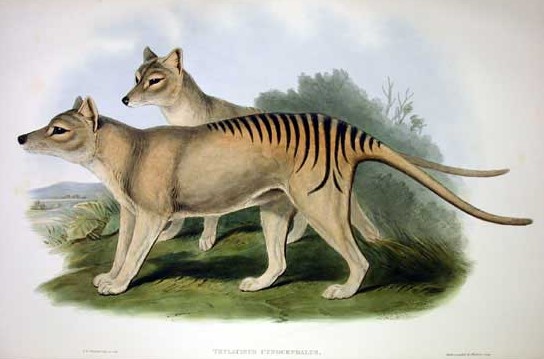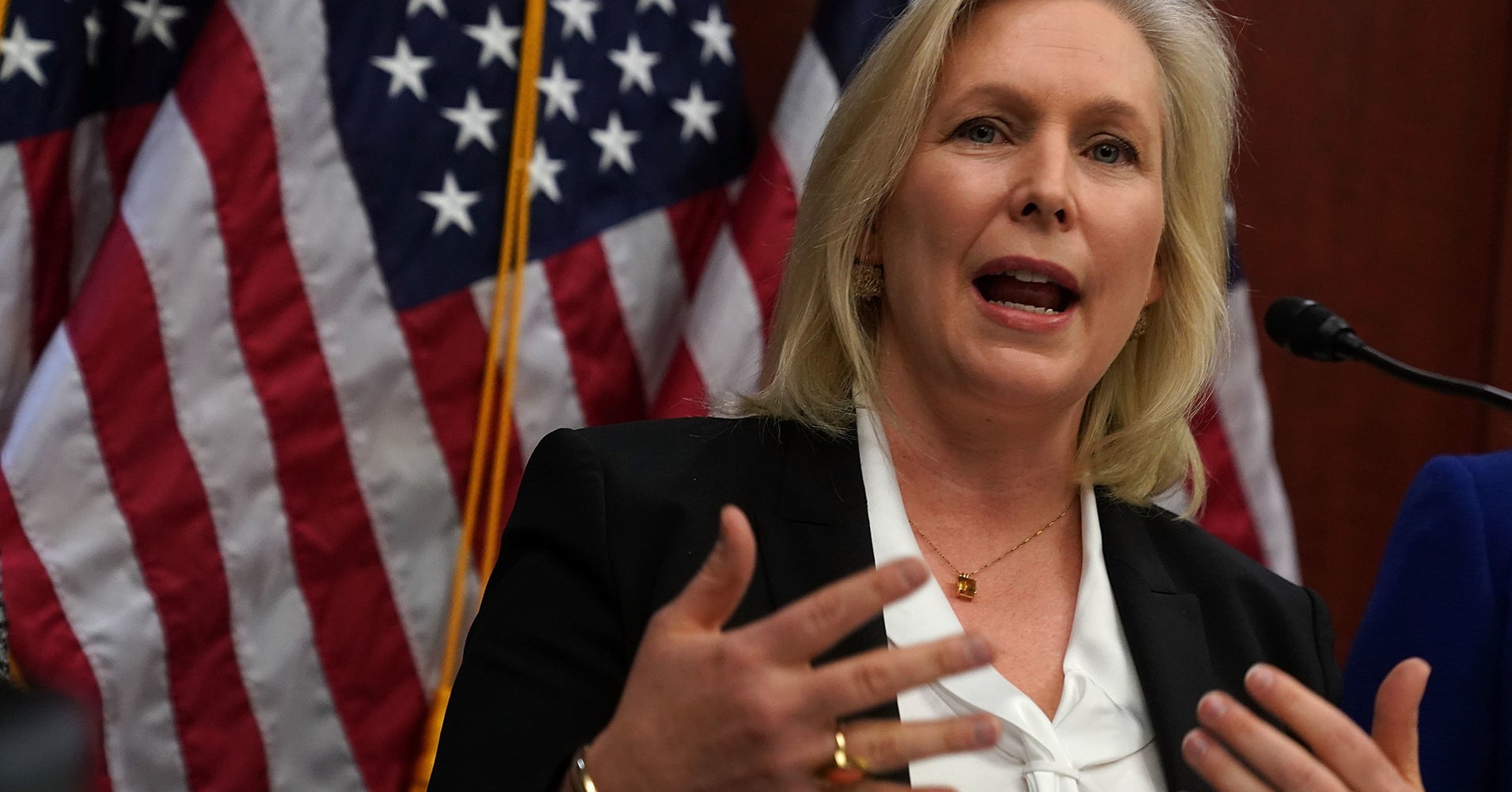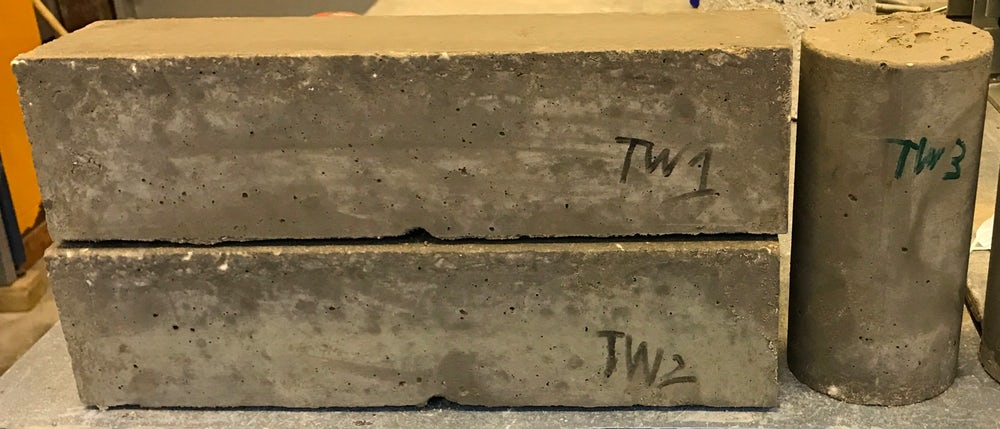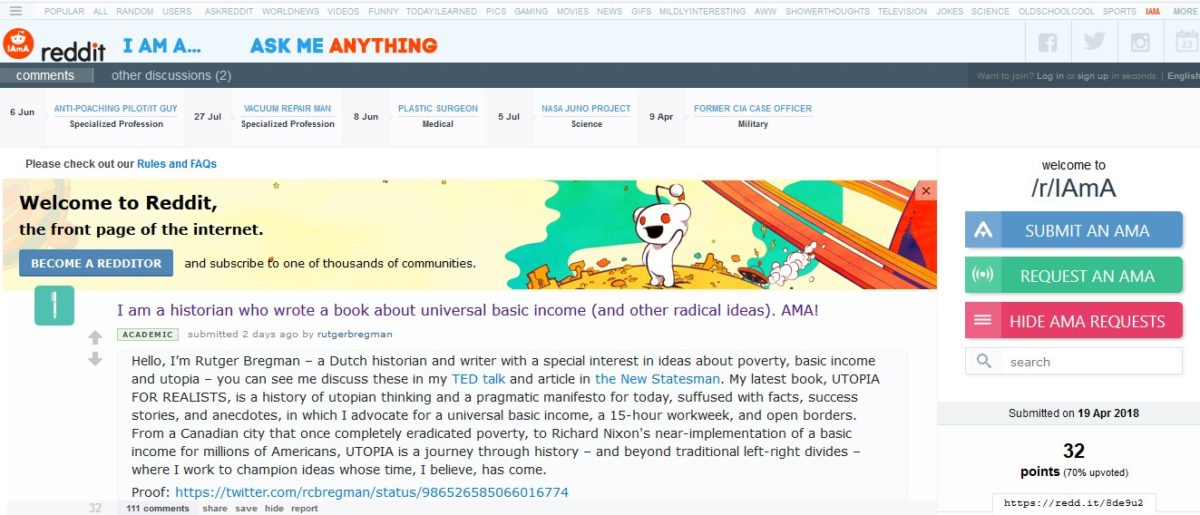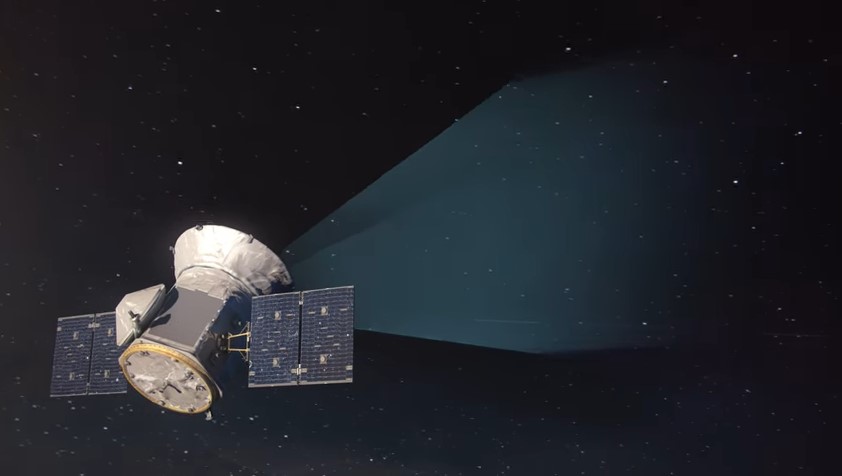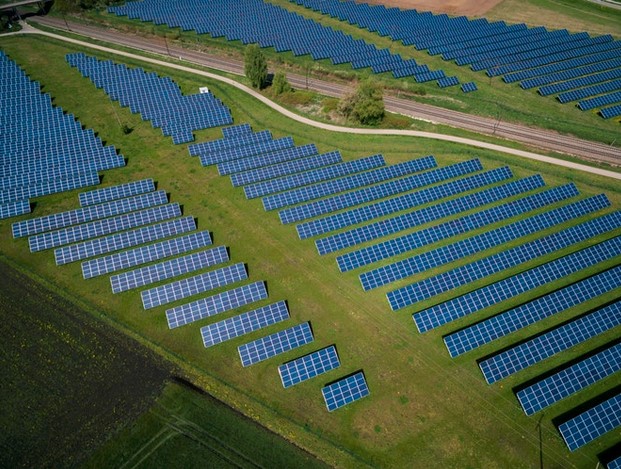A reporting project from the Atlantic: “American Futures”, cites Civic Governance, Talent Dispersal, Schools, Libraries, Manufacturing, Downtowns, and Conservation as positive change in the USA. A book is in process.
America is becoming more like itself again. More Americans are trying to make it so, in more places, than most Americans are aware. Even as the country is becoming worse in obvious ways—angrier, more divided, less able to do the basic business of governing itself—it is becoming distinctly better on a range of other indicators that are harder to perceive. The pattern these efforts create also remains hidden. Americans don’t realize how fast the country is moving toward becoming a better version of itself
– James and Deborah Fallows, American Futures
